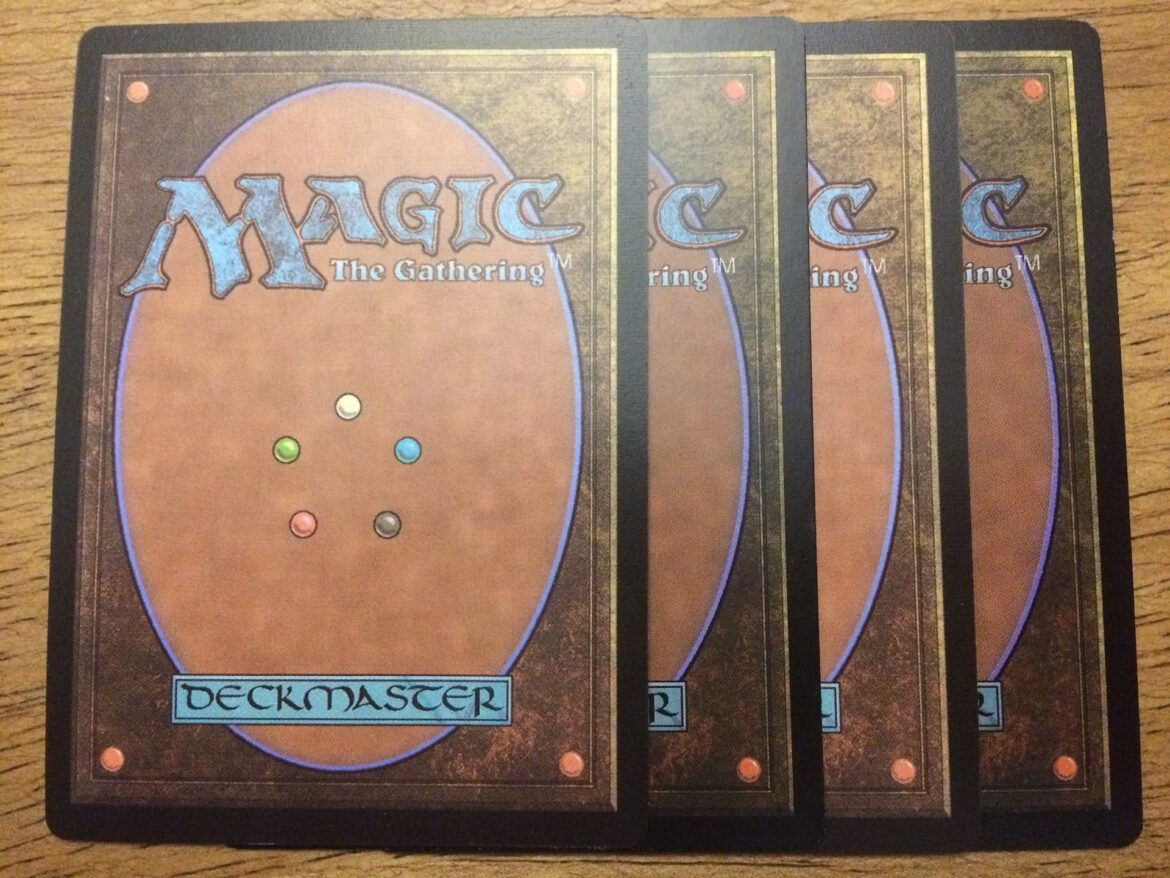Spotting fake Magic cards: The problem with counterfeit cards
Magic: The Gathering is a popular trading card game played by millions of people worldwide. But how can you spot fake Magic cards? This guide provides a comprehensive overview of the most important features and techniques for identifying counterfeits and ensuring that your collection remains authentic.
- Counterfeit Magic cards can significantly reduce the value of your collection. Since the value of a card depends on its authenticity, counterfeits can lead to significant financial losses.
- The trade in counterfeit cards undermines trust in the Magic community. Players and collectors need to be able to rely on the cards they buy and trade being genuine.
- Counterfeit cards can detract from the gaming experience. Because counterfeits are often of inferior quality, they may feel and behave differently than genuine cards.
- The proliferation of counterfeits presents a legal problem. Trading counterfeit cards is illegal and may result in legal consequences.
How to recognize genuine Magic cards
To recognize counterfeit Magic cards, it is important to know the characteristics of genuine cards. Here are some key features to look out for.
- Genuine Magic cards have a standardized thickness and weigh between approximately 1.7 and 1.8 grams. Counterfeits often deviate from this—they are often too thin, too thick, or weigh too much.
- The printing on genuine cards is of high quality. Look for blurry images, incorrect colors, or uneven printing, which can indicate counterfeits.
- The back of the card features a “green dot” pattern: a yellowish spot with four red dots in an L-shape, framed by a black circle, which is a security feature that is difficult to counterfeit.
- The card edges are precisely rounded and even. Counterfeits often have blurred or uneven edges.
- For several editions now, rare cards have had a hologram at the bottom center that is difficult to copy.
What techniques help to detect counterfeits?
There are several techniques for identifying counterfeit cards. These techniques can help you to quickly and effectively verify the authenticity of a card.
- Light test: Hold the card up to the light. Genuine cards allow light to pass through in a characteristic way that is consistent with a known genuine card. Counterfeits are often either opaque or too transparent.
- Watermark test: Under certain lighting conditions, some editions may reveal watermarks that are absent from counterfeits.
- Magnifying glass or microscope: The print pattern should be sharp with clear rosette dots. Printing in black frames, mana symbols, or text should not be permeated by colored dots.
- Comparison: Place the suspicious card next to an authentic card from the same set and of the same color to detect differences in color, print quality, and card stock thickness.
- Weight measurement: Weigh the card with a precision scale. Deviations of more than 0.1 grams could indicate a counterfeit.
What other clues indicate counterfeits?
In addition to physical characteristics, there are other signs that may indicate counterfeit cards. These signs can help you avoid counterfeits before you buy them.
- An unusually low price may be an indication of a counterfeit. Be skeptical of offers that seem too good to be true.
- Pay attention to the seller. Only buy from trusted dealers or platforms that are known for selling Magic cards.
- Check the origin of the cards. Cards originating from countries with a high incidence of counterfeiting should be checked particularly carefully.
- Read reviews and testimonials from other buyers to assess the reliability of the seller.
- Even the smell of a card can provide clues: Genuine WoW cards have a specific, slightly sweet smell due to special printing inks, while counterfeits often have a different, usually more chemical smell.

